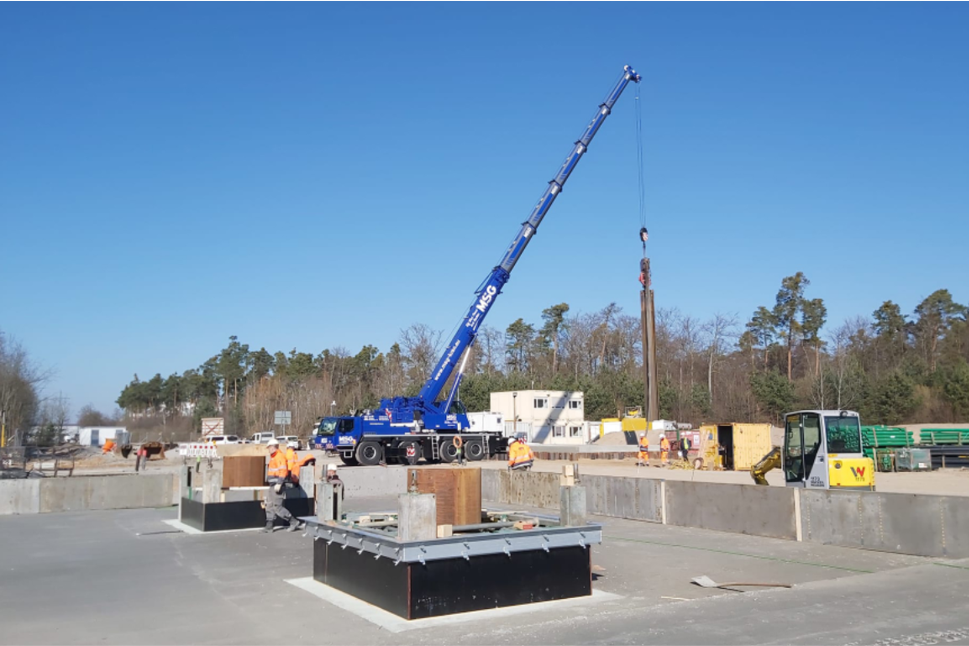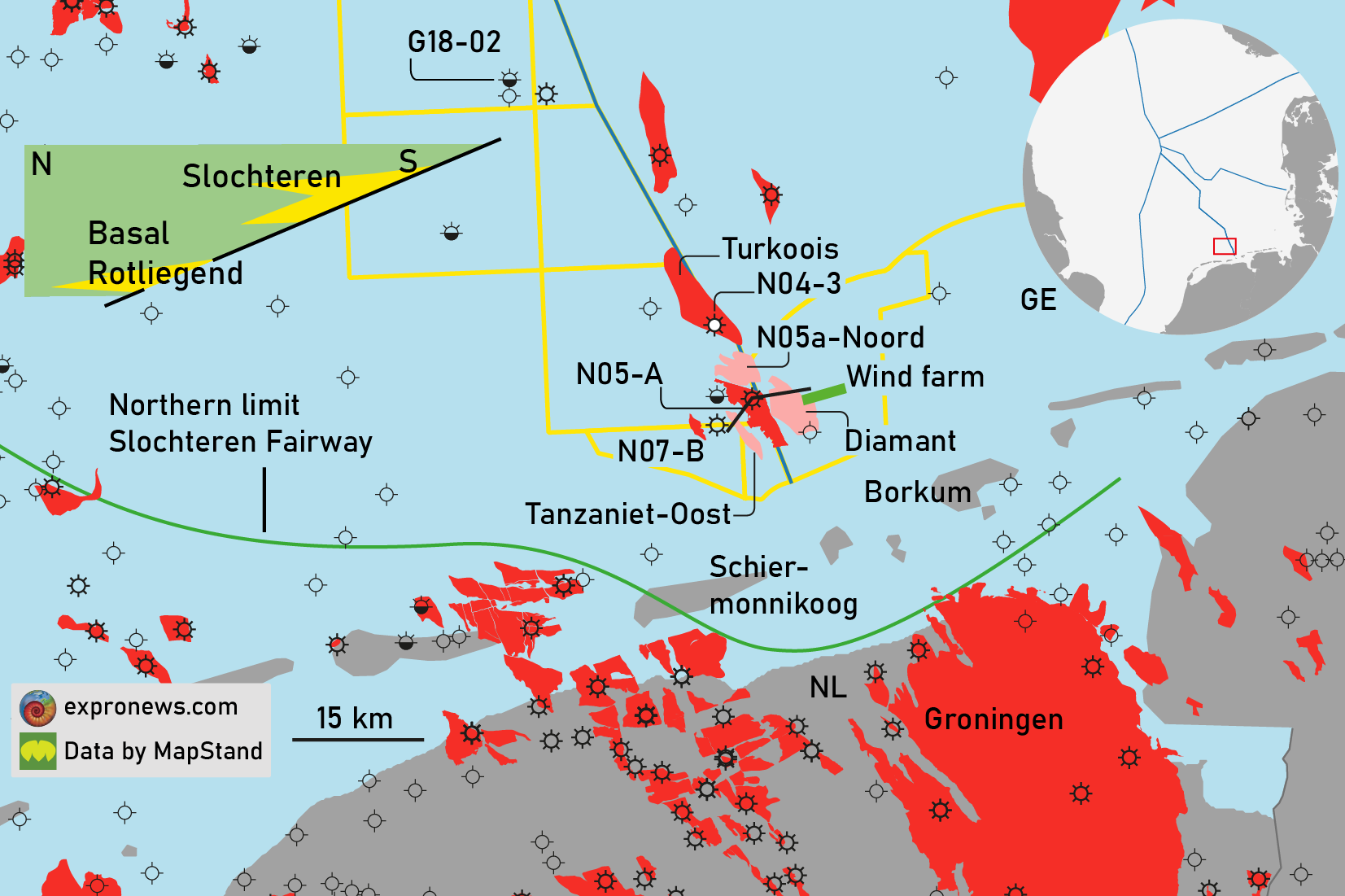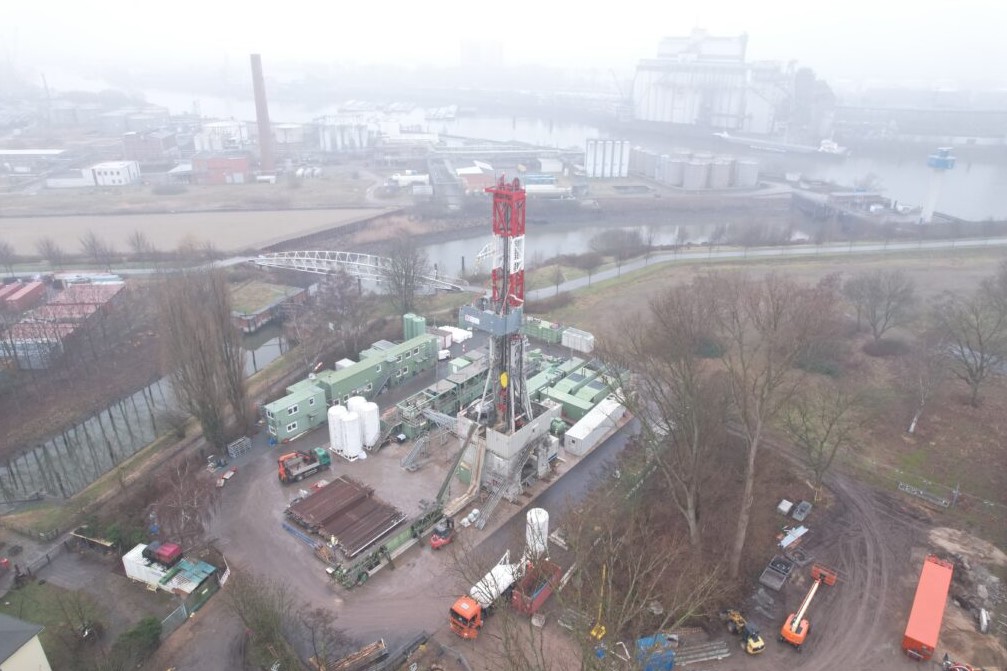If there is one country dramatically changing its perspective on energy supply and security, it is Germany. Still very much reliant on import of gas from Russia, it is now changing its energy outlook in an attempt to at least diversify its portfolio.
In that light, the German economy minister said to reconsider exploration for oil and gas in German North Sea waters, whilst this was only recently ruled out when the new government was installed.
But how feasible is a claim to go and explore for more domestic resources? There are some complicating factors, as we will show here.
First of all, exploration has taken place in the past, with limited success. Despite the fact that Denmark is blessed with oil in the Chalk and the Netherlands with Rotliegend gas, the German waters sandwiched in between have thus far not been proven very prospective.
What was found in terms of gas tends to be rich in nitrogen and whatever was found in terms of oil never amounted to much more than a show – excluding the Mittelplate field. But Mittelplate can hardly be considered as part of the North Sea given that it is in the Wadden area and being drilled from shore.
In addition, the already relatively small German North Sea sector is rapidly becoming an offshore wind power house. It remains very much to be seen how easy it is, if at all, to manoeuvre a rig in between a couple of massive offshore installations in order to reach the location of a possible drilling prospect. On top of that, acquiring 3D seismic – even in areas where that would be possible in terms of wind farms not standing in the way – is currently prohibited according to a source with knowledge on the matter.
Low hanging fruit
What looks more realistic in terms of short-term gain is the approval of the cross-border N05-A gas development. This Rotliegend gas discovery straddles the Dutch-German median line and is currently being progressed to development by operator ONE-Dyas. According to a spokeswoman from ONE-Dyas, progress is being made in terms of regulatory approvals on either side of the median line.
There is another cross-border opportunity, also straddling the Dutch-German median line. The Caerus prospect, which was presented by Petrogas at Petex in November last year, needs to be drilled first to prove commercial volumes but has the potential to host oil in the Chalk. The licence covering the prospect in German waters however needed extension, which was not supported by the authorities. For that reason, Petrogas has withdrawn the application which means that the licence expired at the end of 2021. Is there room for reconsidering this in the light of current developments or is it too late?
So, is there a lot to discover in the German North Sea? One can never rule out a surprise, especially because it is obvious that the area is less well explored than the surrounding areas of the North Sea. But given the circumstances, it may be best to first prioritise cross-border projects currently ongoing rather than a focus on green field exploration drilling.
HENK KOMBRINK





